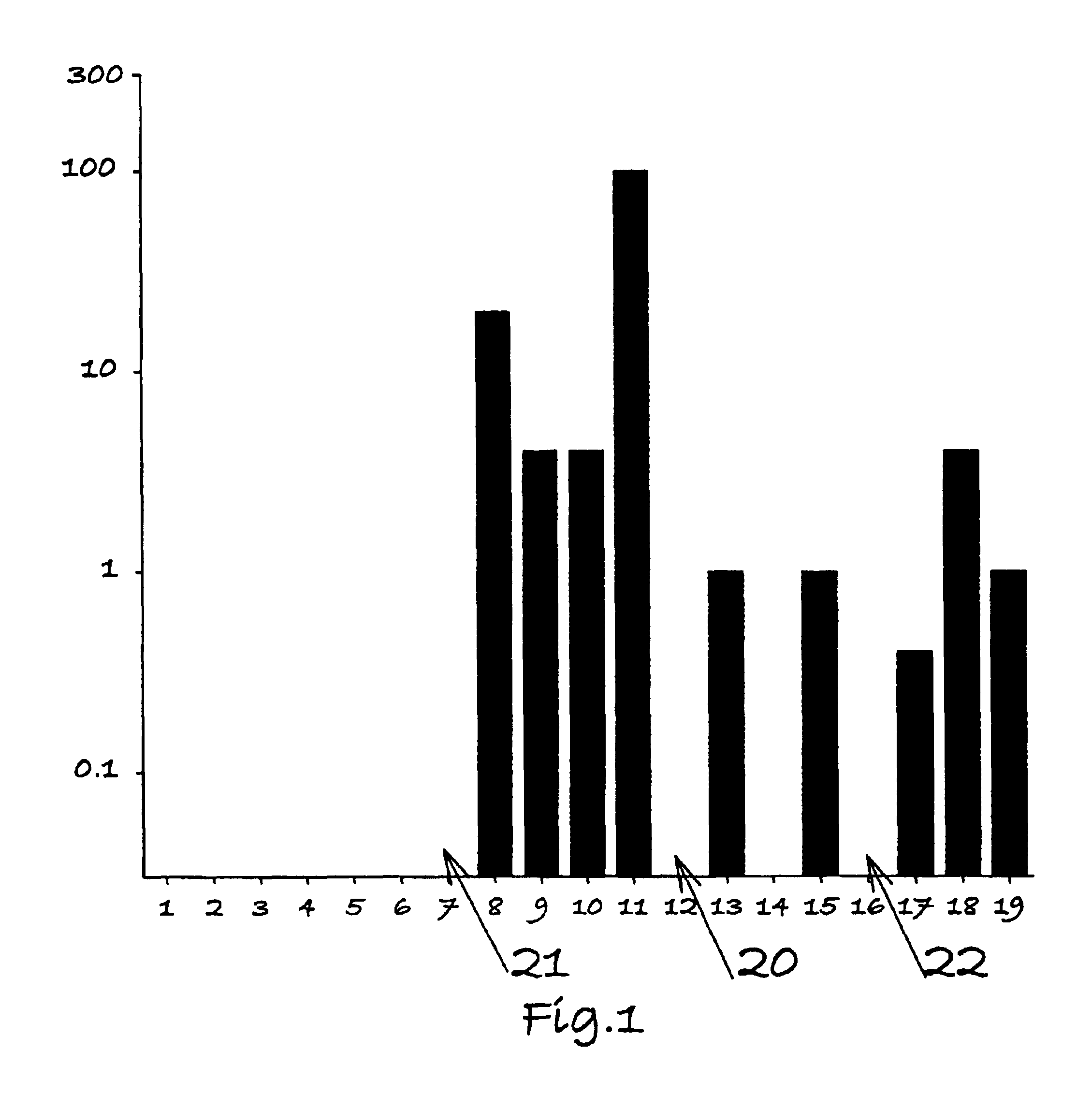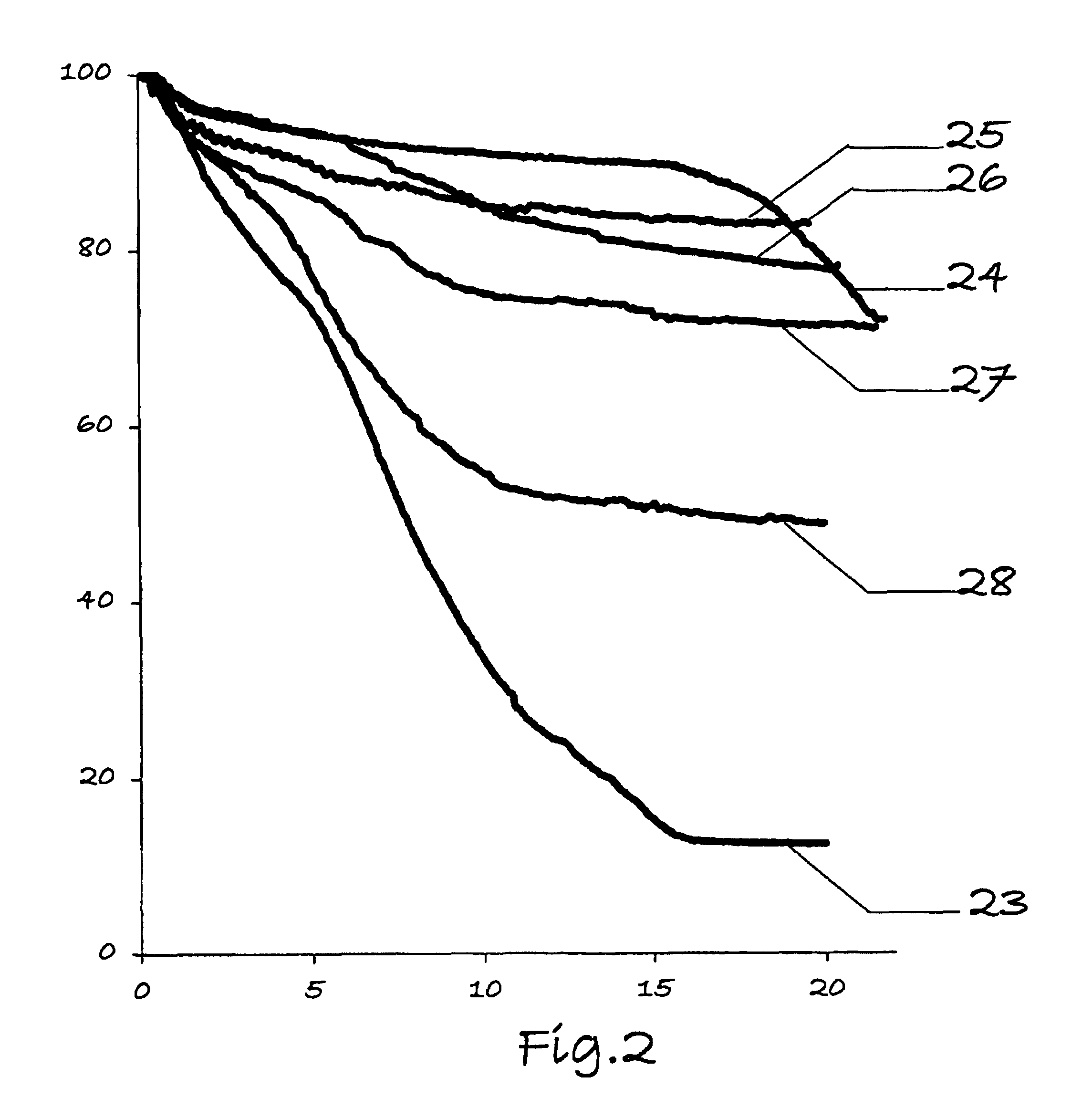Enhancing the strength, moisture resistance of wood, timber, lumber, similar plant-derived construction and building materials, and other cellulosic material
a cellulosic material and moisture resistance technology, applied in the field of impregnated wood materials, can solve the problems of high cost, toxic fume, and very few fire retardants for wood in widespread consumer use, and achieve the effects of reducing the risk of flammability, reducing the solubility of constituents, and increasing the strength of wood products
- Summary
- Abstract
- Description
- Claims
- Application Information
AI Technical Summary
Benefits of technology
Problems solved by technology
Method used
Image
Examples
Embodiment Construction
[0017]The purpose of this invention is to provide 1) impregnated wood materials introducing a fire retardant property to wood products, 2) impregnation of other cellulosic materials, such as paper and cloth, and other organic compounds in such a way as to allow their intended functions while reducing the risk of flammability, 3) impregnated wood materials introducing increased strength to wood products, and 4) impregnated wood materials introducing decreased solubility of the constituents of the final product thereby providing moisture and leachate and weather resistant products.
[0018]It is a further purpose of this invention to provide a vitrified product where the vitrification is achieved through partial or total infiltration with, exposure to, or infusion with, or application by any appropriate means, of an aqueous composition containing but not limited to an alkali metal silicate which upon heating will be converted into a composition which, upon cooling, is insoluble, and resi...
PUM
| Property | Measurement | Unit |
|---|---|---|
| Time | aaaaa | aaaaa |
| Mass | aaaaa | aaaaa |
| Concentration | aaaaa | aaaaa |
Abstract
Description
Claims
Application Information
 Login to View More
Login to View More - R&D
- Intellectual Property
- Life Sciences
- Materials
- Tech Scout
- Unparalleled Data Quality
- Higher Quality Content
- 60% Fewer Hallucinations
Browse by: Latest US Patents, China's latest patents, Technical Efficacy Thesaurus, Application Domain, Technology Topic, Popular Technical Reports.
© 2025 PatSnap. All rights reserved.Legal|Privacy policy|Modern Slavery Act Transparency Statement|Sitemap|About US| Contact US: help@patsnap.com



